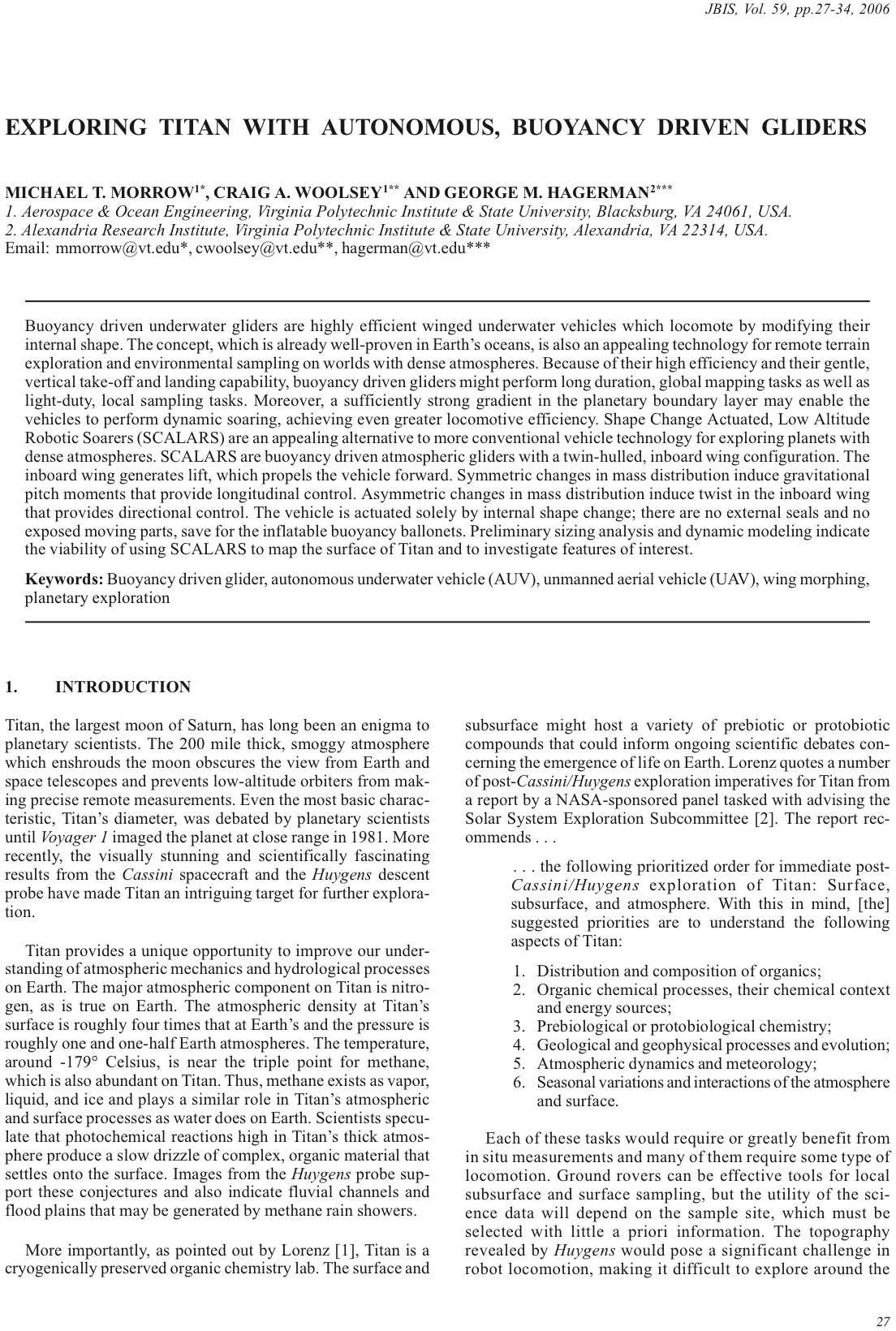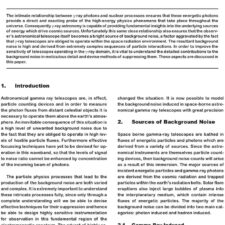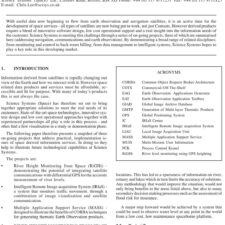Exploring Titan with Autonomous, Buoyancy Driven Gliders
£5.00
M. T. Morrow; C. A. Woolsey; G. M. Hagerman (2006), JBIS, 59, 27-34
Refcode: 2006.59.27
Keywords: Buoyancy driven glider, autonomous underwater vehicle (AUV), unmanned aerial vehicle (UAV), wing morphing, planetary exploration
Abstract:
Buoyancy driven underwater gliders are highly efficient winged underwater vehicles which locomote by modifying their internal shape. The concept, which is already well-proven in Earth’s oceans, is also an appealing technology for remote terrain exploration and environmental sampling on worlds with dense atmospheres. Because of their high efficiency and their gentle, vertical take-off and landing capability, buoyancy driven gliders might perform long duration, global mapping tasks as well as light-duty, local sampling tasks. Moreover, a sufficiently strong gradient in the planetary boundary layer may enable the vehicles to perform dynamic soaring, achieving even greater locomotive efficiency. Shape Change Actuated, Low Altitude Robotic Soarers (SCALARS) are an appealing alternative to more conventional vehicle technology for exploring planets with dense atmospheres. SCALARS are buoyancy driven atmospheric gliders with a twin-hulled, inboard wing configuration. The inboard wing generates lift, which propels the vehicle forward. Symmetric changes in mass distribution induce gravitational pitch moments that provide longitudinal control. Asymmetric changes in mass distribution induce twist in the inboard wing that provides directional control. The vehicle is actuated solely by internal shape change; there are no external seals and no exposed moving parts, save for the inflatable buoyancy ballonets. Preliminary sizing analysis and dynamic modeling indicate the viability of using SCALARS to map the surface of Titan and to investigate features of interest.





